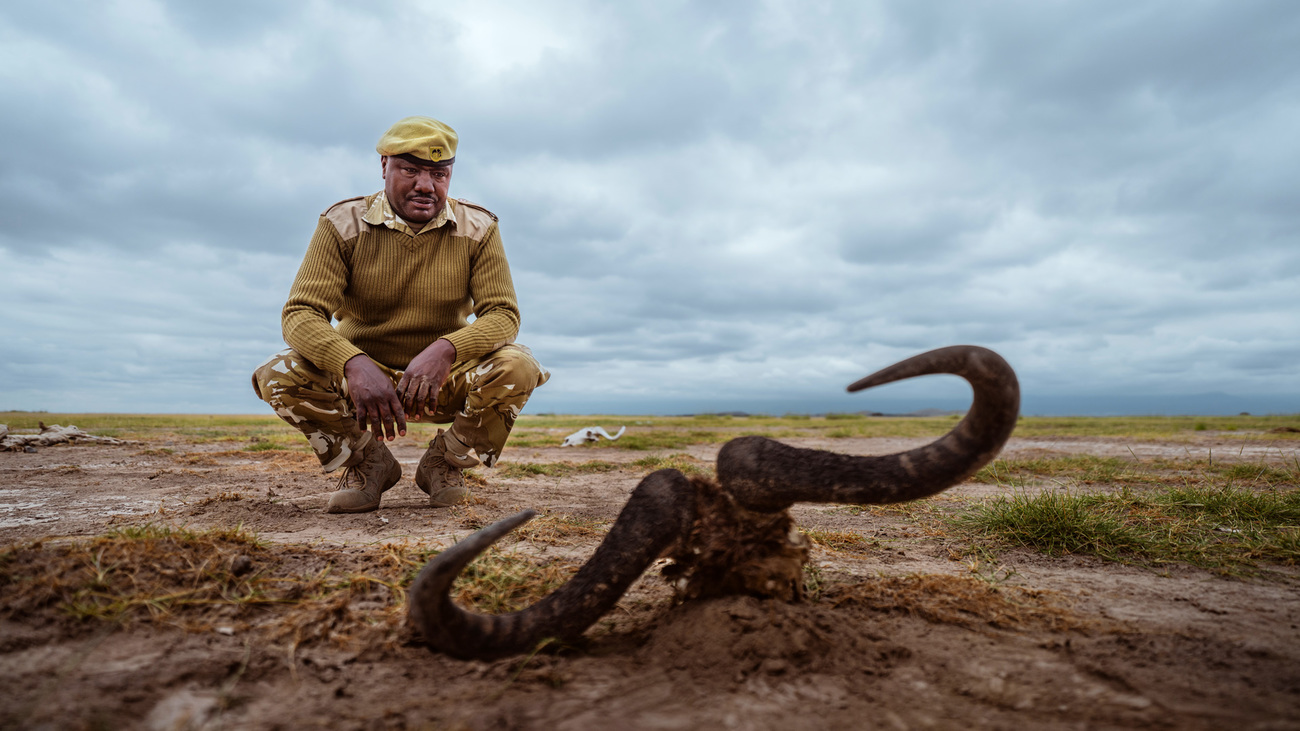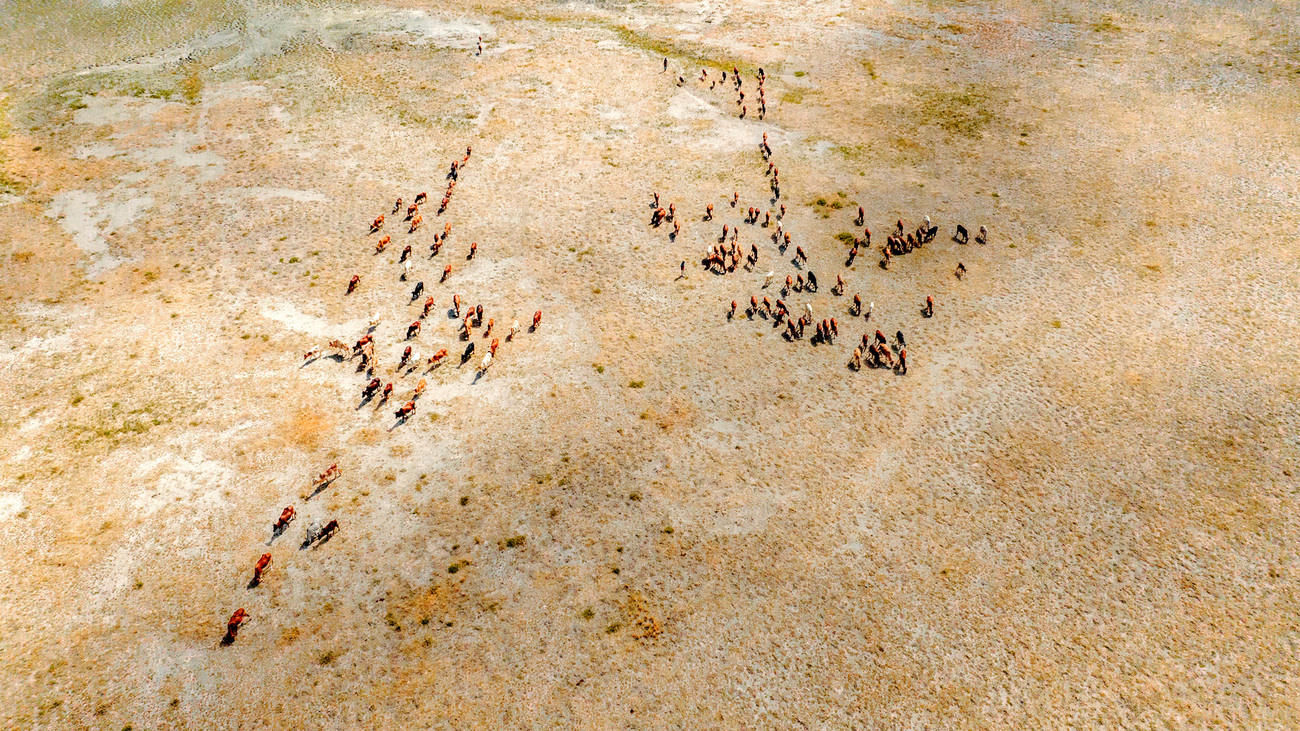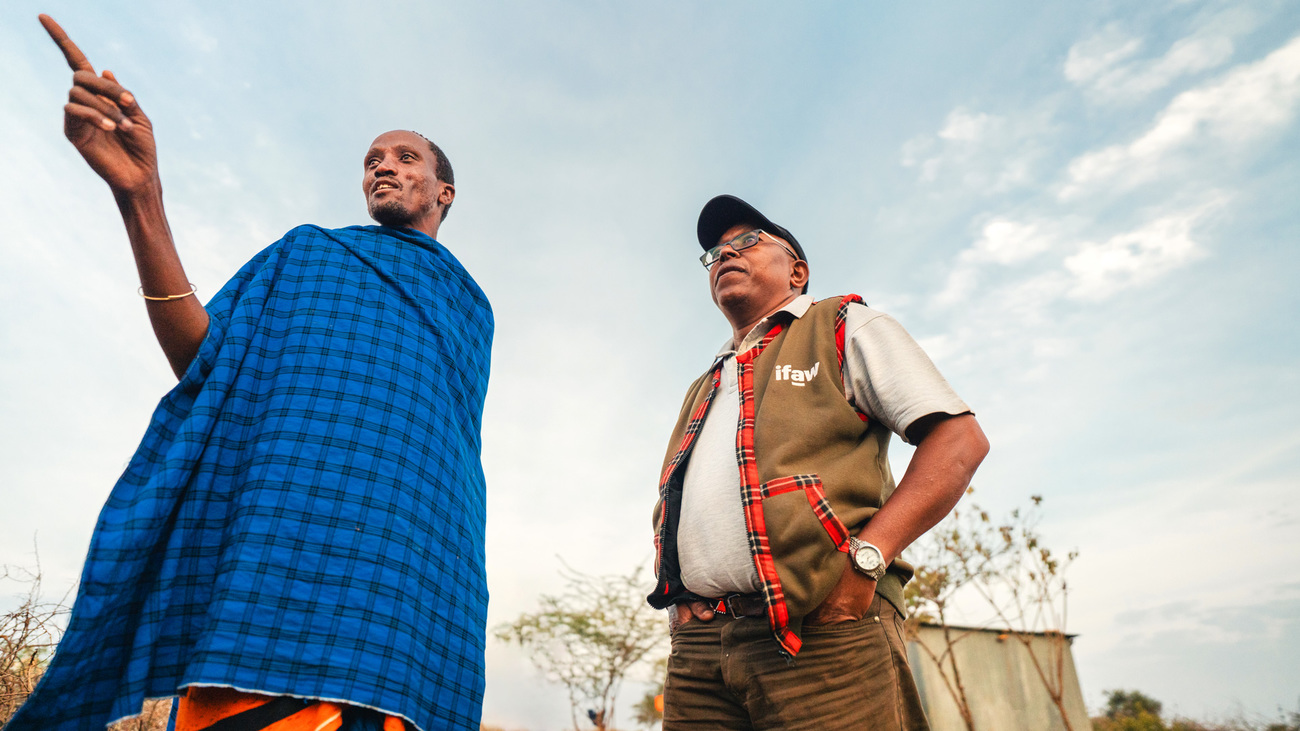Protecting wildlife and helping communities to tackle the climate crisis
Protecting wildlife and helping communities to tackle the climate crisis

To anyone watching the news these days, it’s clear that climate change is having severe impacts on people and ecosystems all around the world.
From the wildfires that are raging in Hawaii, Canada, Greece, Tenerife, and Chile to the tropical storms striking southern Africa, South Asia, Central America, and the Caribbean, the coral bleaching devastating reefs in Florida, and the droughts that have decimated thousands of wild animals in East Africa and the Sahel, the escalating impacts of climate change are taking a terrible toll on animals and their habitats.
Climate change also leaves many human communities in desperate situations. Millions of people around the world are losing lives and homes, seeing their livelihoods destroyed, falling into chronic poverty, and being displaced by extreme weather events and long-term climatic changes.
I’ve witnessed these impacts first-hand in places I have worked around the world, from Africa to Asia to the Middle East. We now know that the climatic changes we are witnessing result from human actions, primarily the emission of greenhouse gases into the atmosphere due to the consumption of fossil fuels. They are also caused by destructive activities such as logging, mining, agriculture, and urbanization. Humanity’s exploitation of natural resources has destroyed ecosystems and interfered with our planet’s natural thermostat, while making natural landscapes and wildlife less resilient to the climatic changes we have unleashed.
But while the risks to the natural world are real, we also need to acknowledge that there is a positive side to the story—as much as nature is under threat, it is also a vital part of the solution to today’s climate emergency.

Natural solutions to climate change
Humanity must keep atmospheric warming below 1.5 degrees Celsius if we are going to avoid climate chaos. This means we must work fast to reduce the global use of fossil fuels and remove carbon dioxide from the atmosphere.
While there is growing interest in new technologies to capture and store carbon, the most effective way to remove carbon dioxide from the air is through photosynthesis. Plants draw carbon dioxide out of the atmosphere and lock carbon in their bodies, using it to grow. They also fix carbon in the soil during their lives and when they die and decompose.
Animals are also key actors in the carbon cycle, especially large herbivores like elephants and marine animals such as whales. They consume huge quantities of carbon as they eat and deposit carbon to the seafloor or soil.
Researchers estimate that nature-based solutions, such as biodiversity conservation, reforestation, and ecological farming, can deliver at least one third of the carbon removal that is needed to keep global warming below 1.5 degrees Celsius. It’s clear that conserving and expanding nature’s precious biodiversity and protecting the keystone species that play critical roles in keeping ecosystems healthy are vital solutions to climate change that must be scaled up rapidly.
That’s why at IFAW, we integrate nature-based solutions to climate change into our wildlife conservation work. By protecting and restoring biodiverse landscapes and the animals that live in them, we are protecting and expanding important carbon sinks. By linking and effectively managing animal habitats and by protecting animals from harm, we ensure that each individual animal is safe and can deliver its essential ecosystem functions.
Resilient communities
Beyond saving biodiversity and storing carbon, nature-based solutions to climate change offer myriad benefits to people. Critically, they can be harnessed to help communities adapt to their new climatic conditions and become resilient to the challenges posed by the changing environment.
We at IFAW acknowledge that effective wildlife conservation depends upon the people who live alongside wild animals. In our experience, conservation works best when communities not only benefit economically from conservation initiatives, but when they are included in the implementation and leadership of these initiatives.
We work in partnership with local communities, supporting them to gain the knowledge, resources, and power they need to have their voices heard and benefit from activities on their land. We also support communities to implement climate adaptation and environmental management projects, adopt climate-smart and ecologically appropriate agricultural techniques, work in climate-resilient jobs, and start climate-resilient businesses.
By helping communities adapt, we also help them to move away from economic activities that have negative impacts on biodiversity and wildlife, such as tree cutting, charcoal burning, and poaching. And we help them to avoid conflict with wildlife by creating farms and villages that are secure from wildlife incursions.

One example of our climate-smart approach to conservation is the Kitenden Community Wildlife Conservancy in Kenya. For a decade, IFAW has supported members of the local Maasai community to transform a highly degraded area on the edge of Amboseli National Park into a haven for wildlife that delivers valuable socio-economic returns to 2,600 households. We have helped the community secure land titles for over 223 square kilometres of land to establish the community-managed wildlife conservancy, which has created a safe haven for elephants in a landscape that is badly affected by climate change and is also protecting and restoring carbon stocks and biodiversity while generating economic benefits for the local people through employment, tourism and lease fees.
Similarly, we offer vocational training to women in Kenya, Malawi, China, and elsewhere, which diversifies their sources of income to include climate-resilient income streams. This work results in greater food security and the ability to adapt to a changing climate, as women invest in new forms of business and education that will allow future generations to assume climate-resilient livelihoods.
By protecting biodiversity, reducing the negative impacts humans have on the land, and supporting wildlife-friendly and climate-resilient livelihoods, wildlife conservation can help local communities diversify and increase their incomes, strengthen their asset bases, and build their social capital. Financial stability can vastly improve the ability of communities to cope and recover after extreme weather events and to prosper in the context of a changing climate.
Related content
Every problem has a solution, every solution needs support.
The problems we face are urgent, complicated, and resistant to change. Real solutions demand creativity, hard work, and involvement from people like you.